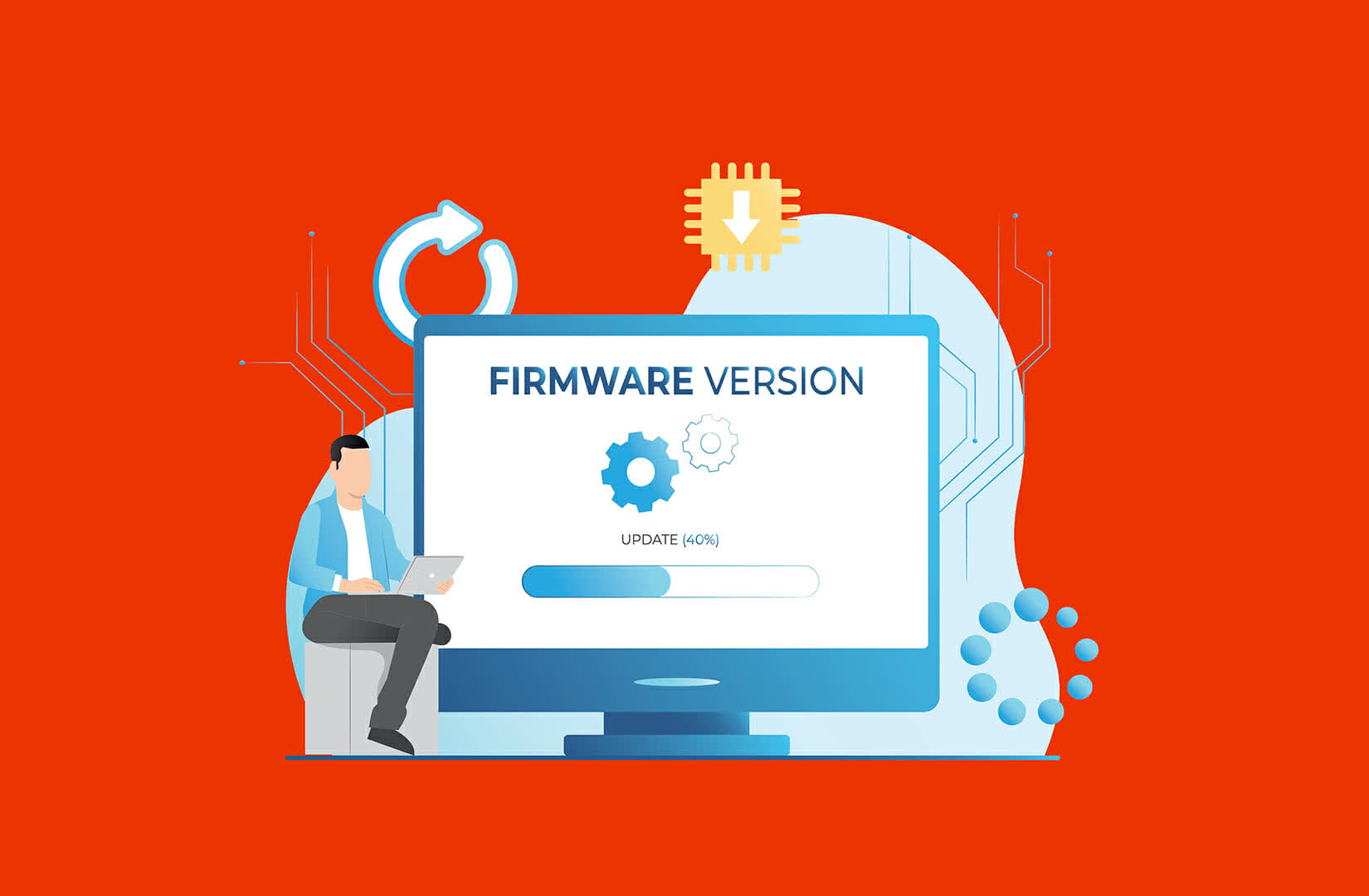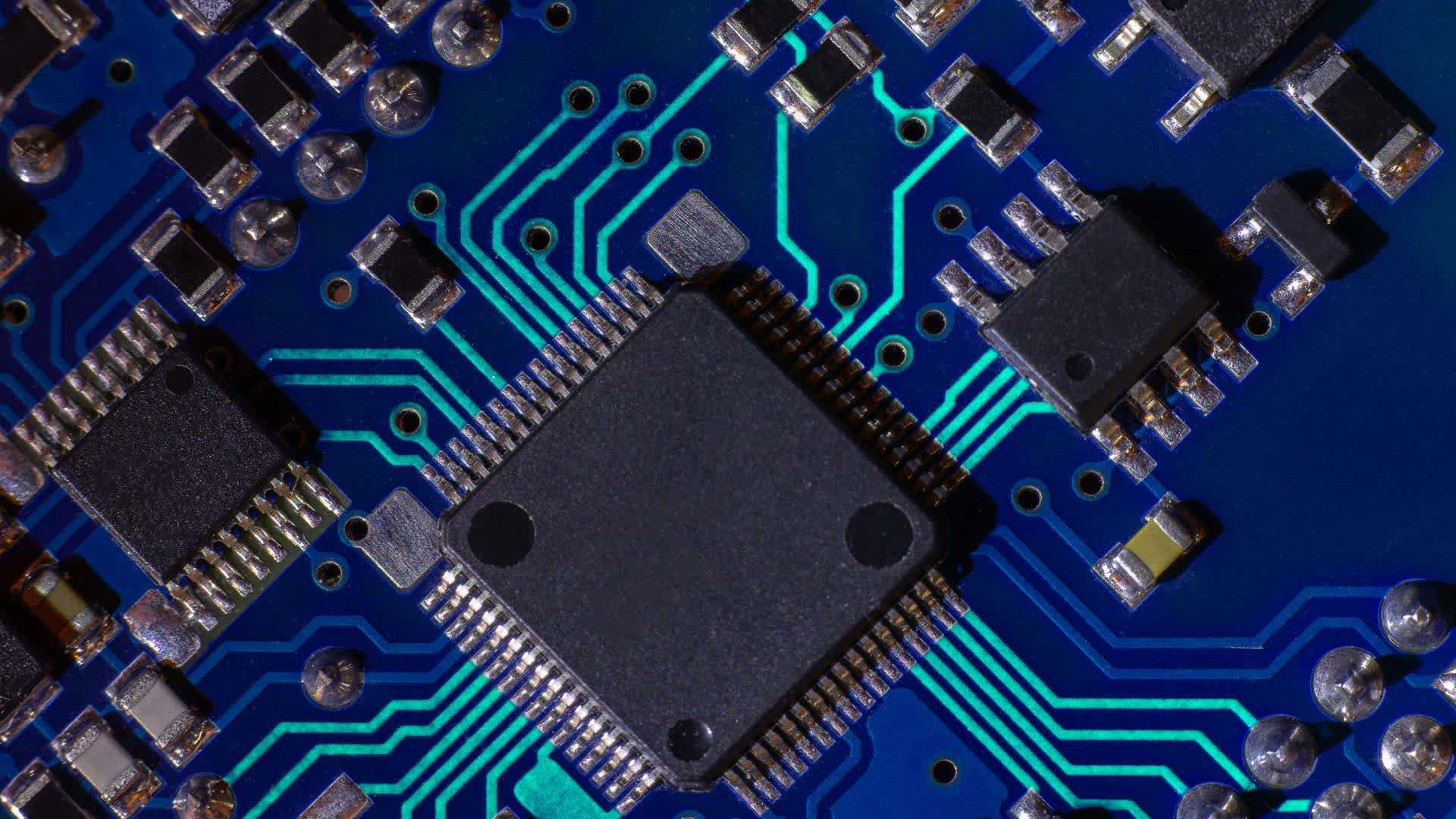Firmware is essential to the operation of many electronic devices, acting as the foundational software that ensures functionality and stability. While firmware is sometimes used interchangeably with "software," they are not the same thing. In this short guide we'll explore the distinctions between firmware, software, and hardware.
Firmware and software are interconnected but distinct components of modern technology. Firmware, stored directly on hardware, provides the critical instructions for smooth device operation.
What is firmware?
Firmware is a type of software permanently embedded in hardware devices. It provides the low-level control and instructions required for the device to function, often managing its basic operations and interfaces.
Is firmware necessary?
Yes, firmware is crucial for the operation of hardware devices. It serves as a bridge between the hardware and higher-level software, ensuring the device functions as intended and performs optimally.
Examples of firmware
Firmware is found in a wide range of devices, including smartphones, computer motherboards, routers, gaming consoles, cameras, and household appliances like refrigerators. It enables these devices to boot, communicate with other components, and execute tasks.
Editor's Note:
This guest blog post was written by the staff at Pure Storage, an US-based publicly traded tech company dedicated to enterprise all-flash data storage solutions. Pure Storage keeps a very active blog, this is one of their "Purely Educational" posts that we are reprinting here with their permission.
Firmware vs. software
Firmware is a subset of software. While software includes applications, operating systems, and utility programs that can be installed and run on devices, firmware is specific to the hardware it's embedded in. It provides the fundamental instructions required for the device's operation. Unlike traditional software, firmware is closely integrated with the hardware it controls.
Differences between firmware and software
The main differences between firmware and software are:
- Scope: Firmware is closely tied to hardware, while software has a broader scope and supports various applications and tasks.
- Persistence: Firmware is typically stored permanently on hardware, whereas software is often stored on external storage and loaded into memory as needed.
- Upgradability: Firmware updates are usually specific to the device and can be more challenging to install than regular software updates, which can be easily downloaded and installed.
- Execution: Firmware runs directly on hardware, while software operates on top of an operating system or virtual machine.
Also read: Remember AMI BIOS? Turns out there's a buried treasure in firmware
Firmware vs. embedded software
Embedded software refers to the software specifically designed to perform particular functions within a hardware system. Firmware can be seen as a type of embedded software that's responsible for the core operations of the device.

Firmware vs. hardware
Hardware includes the physical components of a device, such as circuits, processors, and memory. Firmware, stored on hardware, is a set of instructions that control how the hardware functions. While firmware resides within hardware, it is not hardware itself but provides the necessary instructions for its operation.
Firmware vs. drivers
Drivers are software components that facilitate communication between the operating system and specific hardware devices. Firmware, on the other hand, is responsible for the overall operation of the device and may include drivers within its code.
What's the difference between firmware and drivers?
The main difference lies in their scope and purpose. Firmware provides the core instructions for the device's operation, while drivers enable the operating system to interact with specific hardware components.
Downloading and installing firmware
The method for downloading and installing firmware updates can vary depending on the device. Typically, firmware updates are obtained from the manufacturer's website (as a standalone download that you can install manually) or through dedicated software provided by the manufacturer – for example: firmware updates on your iPhone are installed within the operating system menus, or a system update in your PlayStation 5, which works in a similar seamless manner.
Do you have to update firmware?
Firmware updates are essential for maintaining device performance, improving compatibility, and fixing security vulnerabilities. While not always mandatory, it's generally recommended to keep firmware up to date to ensure optimal device functionality.
Routers, monitors, motherboards, smart TVs, drones, digital cameras and many other devices usually require periodic firmware updates to improve functionality, enhance security, and fix software bugs.
How Long Should a Firmware Update Take?
The duration of a firmware update can vary depending on the device and the complexity of the update, ranging from a few minutes to longer periods.
You will usually see warnings not to interrupt the firmware update process. This is because firmware directly affects a device's core software, which controls how the hardware functions. If the update is interrupted, it can corrupt the firmware, potentially rendering the device unusable (also known as "bricking"), corrupting data, or causing performance and stability issues.
